"There are three responses to a piece of design – yes, no, and WOW! Wow is the one to aim for." - Milton Glaser Some kids know what they want to become at a very early age. This was not the case for me. In fact, it was not until my senior year in high school (when I was forced to choose a career path) that I decided the creative route was for me.
During the process of choosing a college, I kept thinking to myself: "What do I love to do the most?" After some thought, I realized that I had chosen 2 different art classes that would consume my senior year (later becoming 3 after I dropped Chemistry). Thus, it was clear to see that I loved art and design. Beyond design, I had a love for business. Being the daughter of an entrepreneur, I loved watching my dad build and run his own business. I took great pride in his accomplishments and his ability to provide a service to others. So, even though I despised math I was able to put two and two together: Art + Business = Graphic Design After this mathematical revelation, I was off to Savannah College and Design (SCAD) with nothing but a portfolio and a dream. I decided to major in Graphic Design with a minor in Advertising. At the time, I did not realize how much this decision would benefit me. But back to the question at hand: "Why graphic design?" Here's my answer (the extended version): 1. It blends all my passions. Graphic design mixed all the things I loved into one major. It was the answer to my career path mathematical dilemma. In general, graphic design has given me the freedom to be an artist, creative, brand builder, designer, consultant, marketer and businesswoman all at the same time. 2. It gives me flexibility. My options within the corporate world are boundless. My current position involves much more than just graphic design. I have been able to build upon those skills with experience and additional education in the areas of business and marketing. My work has become a lovely mix of art direction, production design/management, strategic planning, internal/external communications, event planning, etc. One day I could be printing booklets or flyers and the next day I could be designing decals for corporate cars or art directing a photo shoot. Though I am a very structured person in general, I love that there is some flexibility to my job. It makes me happy and keeps my creative juices flowing - which is important for every artist! 3. It allows me to be a "Branding Beast!" Not only am I able to build a brand for myself with the help of graphic design, I am able to help others build their own brands too. It is so exciting to know that my craft can be applied to ANY business. The possibilities are endless. I have worked on projects in various industries such as healthcare, education, nonprofit, magazine, fashion/apparel, real estate, entertainment, etc. Graphic design allows me to take a vision and turn it into a reality. From concept to completion, I am able to get the job done. So with that being said, if anyone does ever ask me "Why graphic design?" My short answer would have to be: "Why not?" Be sure to look out for more "Branding Beast" blogs (from a "well-tamed" branding beast: Jennifer T. Graham) with topics to help build your brand. Jennifer T. Graham, MBA | Creative Director | Branding Blog Post #013 “To make my meal in a box taste better, I decided to tweak the logo, rather than the ingredients. ” - Jarod Kintz Logo design is one of my absolute favorite aspects of corporate identity. Developing the face of a business is so exciting for me. It’s almost like revealing the face of a baby to its mother for the first time. The joy in the eyes of a business owner once they see their vision coming to life is amazing.
Since I spend a great deal of my time creating brands for people, I know for a fact that one of the most important components of brand identity is logo design. A logo embodies the essence of a company or individual. It is used on every piece of advertising or marketing material. It is the lasting image in the minds of consumers. Needless to say, it is kind of a big deal. The difference between good and great can be seen very clearly within the design of a logo. The following are five things that every logo needs to be considered great: 1. Distinction Good logos look nice, but great logos stand out. Your logo should differentiate your business from that of your competitors. It is critical to find something unique about you or your business that can be marketed and highlighted within your logo. 2. Relevance The design of your logo should be closely connected to your business and the product/services that you offer. It should attract your target audience and enable you to further market your business. If your consumers do not clearly recognize your company’s industry or understand what services are being offered, than you may miss out on some promising business opportunities. 3. Adaptability A great logo should be able to adjust to any medium. From pens to billboards, your logo should be easy to read and clearly understood. A logo that loses readability when the size is deceased will ultimately limit your usage. Variations in the logo’s color options may help to prevent limited usage and increase the levels of adaptability for your logo. 4. Simplicity Though it takes more time and effort, simple is often better when it comes to logo design. Condensing the entire essence of a business into one mark or symbol can lead to an overcrowded and cluttered logo if not executed correctly. It is important to combine the essence of the company with a style that complements the brand and creates a lasting image. 5. Longevity Standing the test of time is the ultimate goal of a great logo. Your logo should be designed with the future in mind. Leave room for company growth and expansion while still emphasizing your core services or products. Will your logo leave a lasting impression in the minds of your customers for all the right reasons or for all the wrong reasons? Does your logo have all the distinction, relevance, adaptability, and simplicity it needs to stand the test of time? If the answer is “yes”, you are headed down the road to success. If the answer is “no”, begin working towards redeveloping your logo and create “a brand that works as hard as you do!” If you are interested in a free Logo Analysis, please click here to submit your company/personal logo. Be sure to look out for more "Branding Beast" blogs (from a "well-tamed" branding beast: Jennifer T. Graham) with topics to help build your brand. Jennifer T. Graham, MBA | Creative Director | Branding Blog Post #011 "Products are created in the factory. Brands are created in the mind." - Walter Landor, Founder of Landor Associates AVOID A BLAND BRAND Let’s face it; no one enjoys food that is boring and flavorless. The same goes for brands. Much like food, brand identity should connect to the basic needs of your customers. If you want to create a brand that leaves a great taste in the minds of your consumers, you must start with the right ingredients. Below are seven key steps to creating a brand identity that will keep your target audience coming back for more. 1. Use creativity to stay innovative and fresh. No one likes to eat food that has gone way past the expiration date. It is important to stay current and up-to-date. Find ways to enhance your product/service on a regular basis. These enhancements should directly benefit your consumers and help create a higher level of brand loyalty.
2. Research your target audience well. Understanding the needs and desires of your target audience is essential. When you thoroughly understand their "taste", you are better able to serve items that appeal to their "taste buds" - items that excite them and keep them interested in your brand. 3. Create a look and feel. Every business (even restaurants) should have basic, corporate items that help to establish a visual aid for consumers. Logos, corporate color(s), supporting graphics, and corporate guidelines all work together to create a memorable brand in the minds of consumers. Over time, these elements will allow you to develop immediate brand recognition with your target audience. 4. Develop a flexible plan. Restaurants spend a great deal of time establishing and modifying their menu, because they know that it could make or break their company. Same is true of a marketing plan for businesses. It must be designed with your consumer in mind. Your market research and deep understanding of your target audience will assist you in creating a plan that will lead to the success of your brand. It is important to leave room for flexibility in the event that you need to "modify your menu." 5. Manage messaging. Once your look and feel is established, it will be easier to manage your brand. Just like a restaurant educates servers and hostesses on various menu items, your company must educate employees on brand guidelines and expectations. Everyone involved with your brand should have a good understanding of your mission and core beliefs in hopes to minimize any possible branding blunders. The mission and core beliefs should be reflected in everything associated with your brand. If your messaging is consistent and mindful of your target audience, it will help to strengthen your brand. 6. Always deliver on your brand promise. In order to ensure brand loyalty, it is critical that you commit to your core mission and beliefs. If you promise quality, you must deliver quality. If you promise originality, you must deliver originality. No one wants to see a plate of fish and chips, when they ordered the steak and potatoes. Be a company of your word! 7. Present quality. In other words: Don't get sloppy! Make sure your brand looks good, sounds good, and tastes good in the minds of your consumer. Show them that you truly believe in your product/service and that you are willing to go to great lengths to deliver on your brand promise. Now that you have the recipe, it's time to get cooking! I look forward to seeing a world full of more tasty brands. Be sure to look out for more "Branding Beast" blogs (from a "well-tamed" branding beast: Jennifer T. Graham) with topics to help build your brand! Jennifer T. Graham, MBA | Creative Director | Branding Blog Post #009 "When you look at a strong brand, you see a promise." – Jim Mullen, Founder, Mullen Advertising “THINK FRESH. EAT FRESH”
Upon attending a seminar last week, I discovered that Subway surpassed McDonald’s in the race to become the top restaurant chain (way back) in 2010. Though I was shocked, I was very pleased to hear the news. Beyond giving me my first employment opportunity at the age of sixteen, Subway has given me several reasons to believe in their brand. I think Subway offers great benefits to consumers, employees, and franchise owners. Not only are the subs made fresh, Subway delivers on fresh business ideas that have helped them to dominate within their industry. According to CNNMoney, “Subway has 34,218 locations globally -- all of which are owned by franchisees. Subway now has more than 1,000 locations in Asia, and it just opened its first store in Vietnam. Other high-growth nations include Brazil, Mexico, India, China, Russia and France.” FLEXIBILITY Company spokeswoman, Les Winograd stated, "A lot of our growth has been in non-traditional spaces that our competitors might not touch. We have really unique ones, like on a riverboat in Germany, a church in Buffalo, car dealers, bowling alleys and casinos. We're not just in strip malls" (CNNMoney, 2011). I think Subway is a great example of a company that not only offers a great product, but also works to find the best ways to serve that product to consumers. They are not confined by traditional business locations, which allows them to reach more people and increase profits by accommodating the needs of the consumer. This is beneficial to consumers and very attractive to those seeking franchise opportunities. INNOVATION One thing I love: Subway is always changing and expanding its brand. From Five Dollar Footlongs to the new breakfast menu, Subway consistently finds new ways to stay connected to consumers. This should be the goal of every company regardless of your particular industry. Continuously research different techniques and strategies that will enable your brand to become stronger. This will allow you to not only outshine your competitors, but it helps you to build a brand that will stand the test of time. So, "think fresh" and look out for more "Branding Beast" blogs (from a "well-tamed" branding beast: Jennifer T. Graham) with topics to help build your brand! Jennifer T. Graham, MBA | Creative Director | Branding Blog Post #008 Dream Girl Collection: "Bronze Beauty" | Check here to order! "Ordinary people can spread good and bad information about brands faster than marketers." - Ray Johnson BRAND IMAGE
Companies are always looking for ways to differentiate themselves. Whether through a company name, website, logo, tagline, or advertising campaign, it is vital that you offer something that helps your company stand out among competitors. Though you may offer the same services as your competitor, you must find ways to market a different approach, lower cost, or added benefit. Here are 5 simple ways to build your brand image: 1. Internal Communications Branding education & training for employees is key to building your brand. It is essential to equip staff with the tools to educate others about your products/services. Every employee is a marketer for your company and their bad attitude or lack of information could potentially influence your brand and reputation. 2. Relationships It is important to appreciate the value of good relationships with customers, business partners, and vendors. Each relationship offers benefits that will help to strengthen your brand and your service/product. 3. Customer Experience Creating the best possible customer experience can be tedious and difficult, but it is worth every moment of your time. Take a holistic approach while pinpointing the key components that define a customer’s experience. Begin to take notes on how a customer is treated by your company. Are there ways to improve their experience? Finding ways to better meet your customer’s needs will help to build a great brand image. 4. Word of Mouth What are people saying about your company? It is important to address the good, the bad, and the ugly. What are you doing right? What are you doing wrong that can be improved? What things are you doing that need to stop immediately? Growth is sure to occur when these issues are addressed on a consistent basis. 5. External Communications Each piece of external advertising needs to have a clear, cohesive message. Whether it’s signage, collateral, corporate identity, direct mail, uniforms, or advertising – all components need to convey the same message. Maintaining consistency within your brand helps to strengthen the trust between you and your customer. Good examples of trustworthy brands include: Hershey Co., Kraft Foods, General Mills, Johnson & Johnson, Home Depot, Apple, UPS, Coca-Cola, and Google. These brands have images that have remained consistent for years and have been extremely successful in delivering on their brand promise. Thus, building a lasting brand image. Look out for more "Branding Beast" blogs (from a "well-tamed" branding beast: Jennifer T. Graham) with topics to help build your brand! Jennifer T. Graham, MBA | Creative Director | Branding Blog Post #002 "Products are made in the factory, but brands are created in the mind." - Walter Landor THE BEAST
A lot of organizations struggle with the "b" word. And not the "b" word that quickly comes to mind either (which I am assuming was booze, bacon, or bananas). A different "b" word: BRANDING. Branding can be somewhat of a beast if not handled with care. Building a strong brand, much like building a house, requires the investment or both time and resources. A solid foundation is essential for constructing a lasting brand image. FEEDING THE BEAST It is very important to be mindful of the obstacles that may arise when building a brand. Much of my life is centered around building brands for organizations as well as individuals and I have encountered several stumbling blocks when helping companies rebuild their brand images. Many of these issues are the result of something I like to call "feeding the beast." Feeding the beast involves a series of negligent, marketing decisions that cause a brand to get out of control. Once a brand is out of control, it begins to send messages that conflict with its mission and causes the value of the brand to decrease. Customers will begin to no longer value the product or services and the brand equity will be lost. In order not to loose that hard-earned brand equity, one must "tame the beast." TAMING THE BEAST "How does one tame the branding beast?" you may ask. It is quite simple and can be done in 3 steps: 1. Develop a Plan Develop a plan to strategically control the messages that are sent out on behalf of your brand and make it a company-wide priority to follow that plan. When the mission of the company or individual is at the forefront of every marketing decision, the product or service will benefit greatly. 2. Implement the Plan Many companies are able to successfully implement their branding plans through the use of a corporate identity manual. A corporate identity manual is a management tool that will help ensure the correct application of the corporate identity on various levels. This will help to ensure that the brand does not get out of control and consistently sends messages that reinforce the company's mission and vision. 3. Maintain Quality Control Much like a map, a plan is no good if you do not use it. It is necessary to manage your brand and make certain that the guidelines that have been set in place are being followed by all involved with company matters. It is vital that everyone understand that they are responsible for upholding the brand standards of the company. If you are managing your personal brand, be sure to make decisions that consistently send the same message to your target audience. So, the next time you are faced with a branding dilemma be sure to "tame" and not "feed" the beast. Look out for more "Branding Beast" blogs (from a "well-tamed" branding beast: Jennifer T. Graham) with topics to help build your brand! Jennifer T. Graham, MBA | Creative Director | Branding Blog Post #001 |
JENNIFER T. GRAHAM
This is a visual blog of all the things I love: design, food, travel, work, family & life. Enjoy!
Categories
All
Archives
August 2021
|

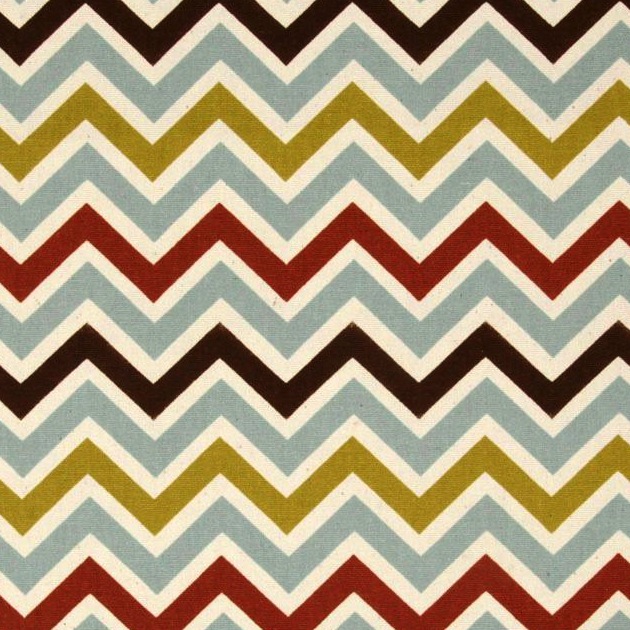
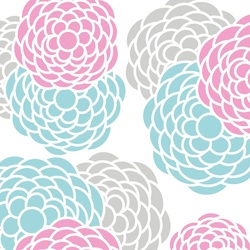
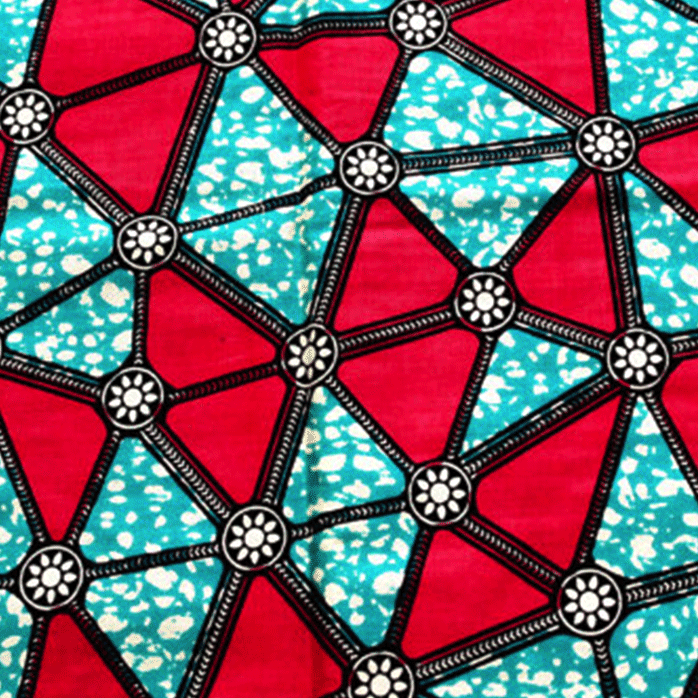


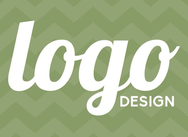


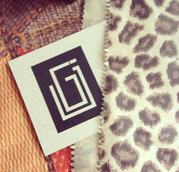
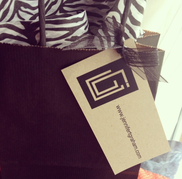
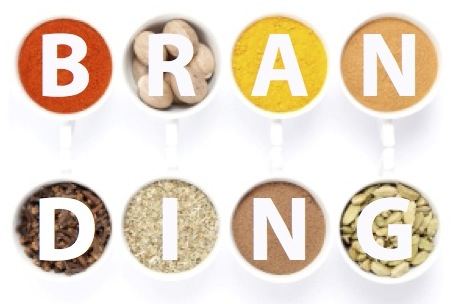




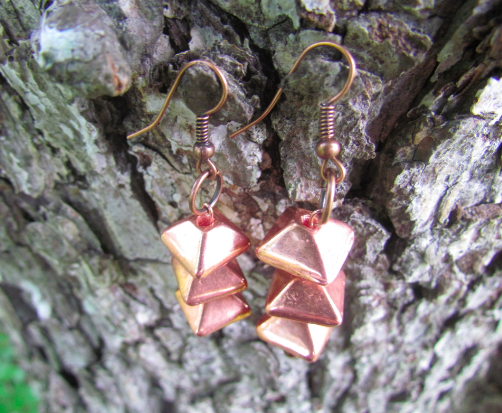



 RSS Feed
RSS Feed
